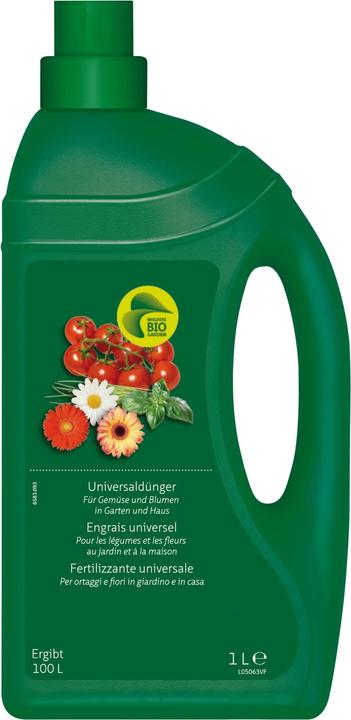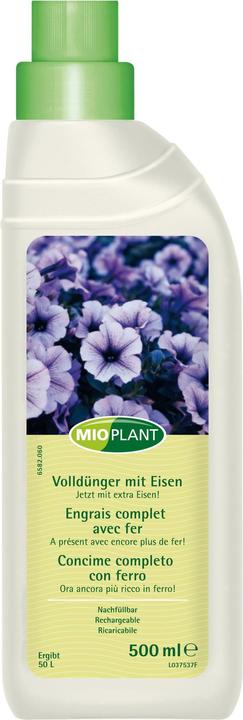
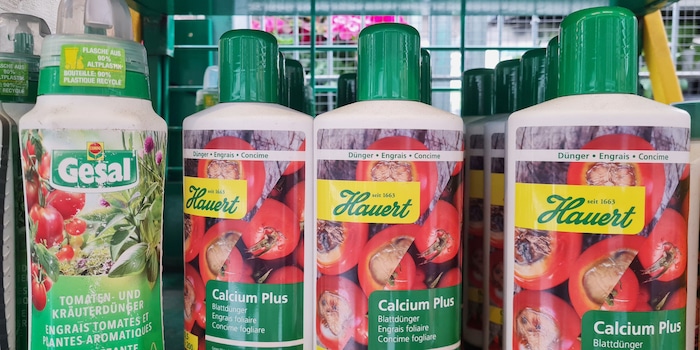
How to find your way out of the fertiliser maze
Many amateur gardeners are like new parents when it comes to choosing fertiliser: they don’t yet know what their offspring really need to grow. I didn’t know this either. That’s why I asked so that you don’t have to.
Taking care of plants feels like raising children. I only want the best for my charges and I can still get a few things wrong. That’s how I felt during my indoor herb garden experiment. It doesn’t get any easier when they’re older. I want to prevent my youngster from consuming the wrong substance – erm, fertiliser. But how? I’m completely overwhelmed by the wide range in garden centres, so I enlisted the help of a professional.
Bring order to chaos
I met garden centre manager Shannon Ruh at Hauenstein garden centre in Winterthur (website in German). As a conscientious journalist, I obviously did my research on numerous types of fertiliser in advance: mineral fertilisers, organic fertilisers, fertilisers with a high nitrogen content and phosphorus content… you name it! Since Shannon Ruh’s team was understaffed that day, I didn’t want to hold her up for hours. Luckily, one of her early pieces of advice was: «If you read too much about fertiliser, you’ll go mad. Let’s keep it simple.» That was music to my ears.

Source: Hauenstein
Regulate the amount you use
Basically, Shannon says, all fertilisers come in organic (i.e. biological) and inorganic forms. The most important distinction is between complete fertiliser, which is only added to plants once a year, and liquid fertiliser, which is used one to four times a week. It’s up to you which one you use. However, when you use them is important: «Generally speaking, fertiliser is used in the warmer season when everything is growing. In winter, there’s usually a break because plants hibernate and can’t process the nutrients properly.»
No special treatment
So, how useful are the countless special fertilisers? According to Shannon, they’re useful for citrus plants, hydrangeas, fruit and berries. In principle, there are only minor differences in the compositions of most special fertilisers. That’s why all-purpose fertilisers are fine for the average «plant parents».
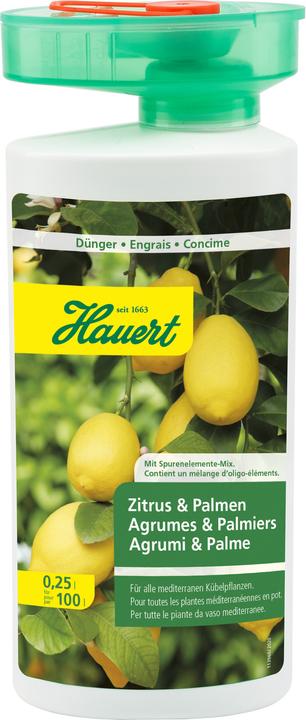
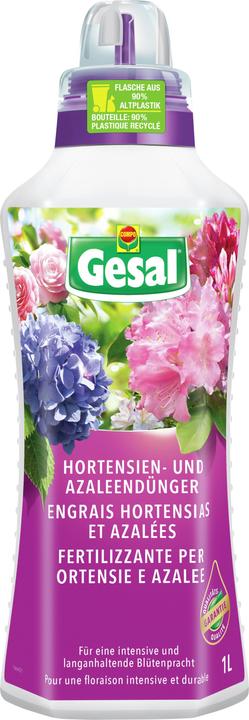
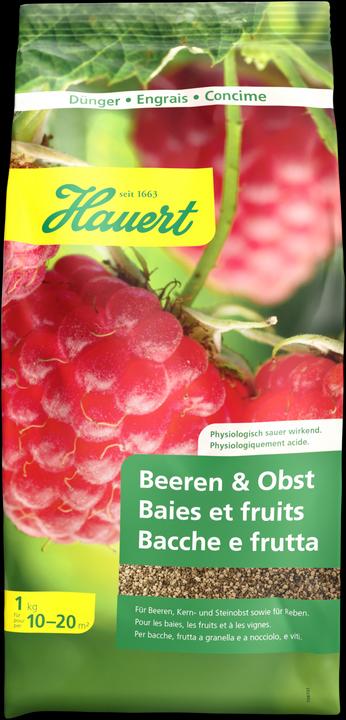
Hauert Berries and fruit fertilizer
The type doesn’t matter
Because that sounds almost too easy, you have another choice to make when it comes to the type of fertiliser. Should you buy powder fertiliser, granular fertiliser or fertiliser sticks? Shannon has the answer: «The special thing about fertiliser sticks is that they work for around three months. In the end, the same applies to the type of fertiliser as to solid or liquid fertiliser: it comes down to personal preference.»
Indoor plants: the easy ones
And what do you do if you’re looking after houseplants? «Apart from orchids, which need a specific orchid fertiliser, conventional houseplant fertilisers are fine. They’ll also show the amounts required for specific species such as cacti,» explained Shannon.
I breathed a sigh of relief. While I have to be meticulous about a lot of things when it comes to my indoor herbs, I shouldn’t have to worry about buying fertiliser anymore. Shannon smirked and said: «Fertiliser isn’t actually that important indoors. Herbs never thrive as well indoors as they do outdoors.» Argh!
What successes and failures have you had with different types of fertiliser? Let me know in the comments.
Header image: Darina SchweizerI like anything that has four legs or roots. The books I enjoy let me peer into the abyss of the human psyche. Unlike those wretched mountains that are forever blocking the view – especially of the sea. Lighthouses are a great place for getting some fresh air too, you know?
